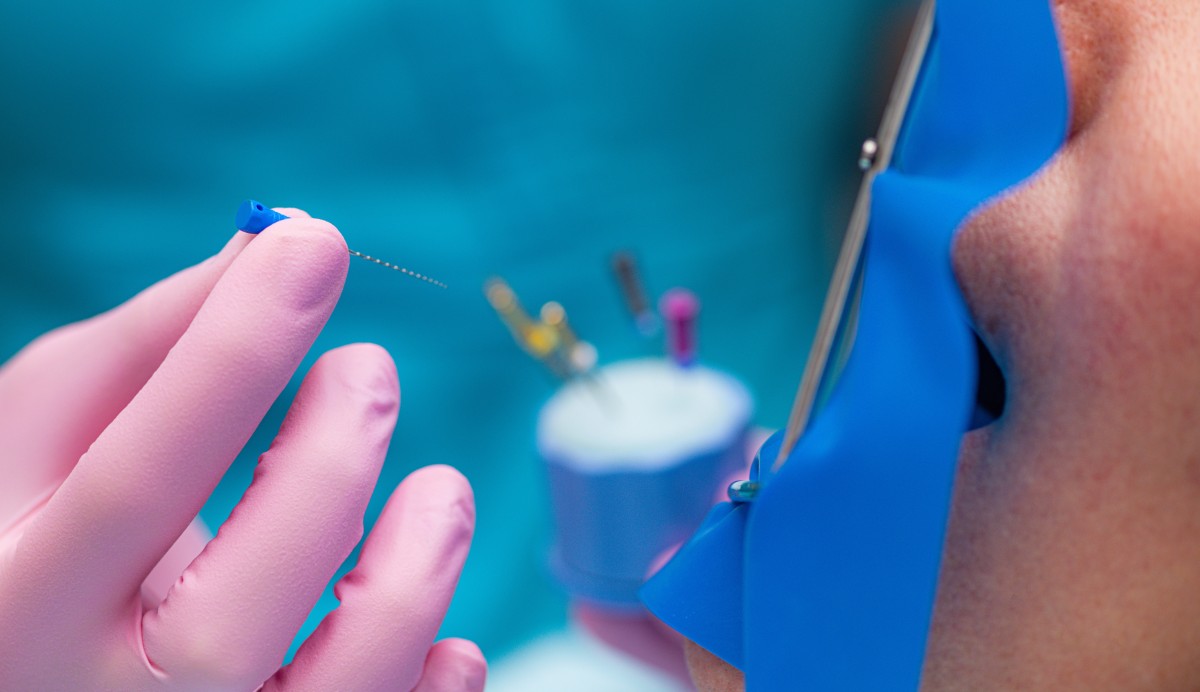About this course
IRMER requires that all X-ray examinations must be justified on an individual patient basis by demonstrating that the benefits to the patient outweigh the potential detriment. This course covers Radiological Justification, and is designed for dentists and DCPs with radiological training.

This course is a GDC Highly Recommended CPD Topic (Radiography and radiation protection).
This course is relevant to dentists, and DCPs who have radiological training.
This course provides training for the roles of Operator, Practitioner, Referrer, Legal Person, and Radiation Protection Advisor.
CPD Time: 1 hour (1 CE Credits)
Customer feedback on this course
- Very good quality course, covers all aspects of clinical justification.
- Clearly explained about requirements in every department of dentistry and also the advantages and disadvantages of different types of radiation techniques which is very helpful .
- I certainly felt the CPD course was highly informative and beneficial.
- This module is amazing with so much of information.
- Very well organised and written module. .
Assessment: 12 MCQs. Pass mark 75%. more…
On passing the assessment you will immediately receive a GDC-recognised Enhanced CPD IRMER Certificate.
Access: You will have access for 12 months, and can take the course as often as you wish in this period.
Aim
The aim of the learning and teaching materials in this course is to allow learners to develop their professional knowledge and understanding of Justification in the context of Radiation Protection, in line with their identified personal development requirements.
Course objective
• to teach the knowledge required to implement and comply with the justification requirements of Radiography and Radiation Protection, in line with the theoretical knowledge requirements of the IRR and IR(ME)R laws and current professional recommendations.
Anticipated learning outcomes:
The learner will:
• understand the principles and clinical reasoning of radiological justification.
• be able to apply these principles to individual patients and view selections.
• through achieving these outcomes, provide an improved level of service to their patients.
GDC Development Outcomes
C D
Learning content:
Benefits and Detriment | The UK Rules | Case Examples | Referral Criteria | Justification for Caries | Assessing Caries Risk | Justification for Periodontitis | Justification for Endodontics | Justification for Extractions | Justification for Orthodontics | Justification for Implantology | Course Completion
View full course description
IRMER Radiological Justification
Course Description
Benefits and Detriment
Every X-ray exposure must be justified by demonstrating that the benefits to the patient outweigh the potential risks. This section discusses how dental radiographs can aid diagnosis and treatment planning while minimising risks such as genetic damage or cancer. It emphasises that routine or screening X-rays without clinical justification are not acceptable.
The UK Rules
This section explains the UK’s specific regulations for radiological justification, requiring that X-ray exposures lead to a change in the patient’s management. It also covers the roles of the IRMER practitioner and the importance of proper documentation before taking any radiographs.
Case Examples
Look at practical case studies that highlight scenarios in which radiographic justification is or is not appropriate. These examples demonstrate the importance of patient evaluation before taking radiographs, particularly in cases of caries, periodontal disease, and post-operative reviews.
Referral Criteria
This section provides guidelines for dentists when referring patients for radiographic examinations. It emphasises the need for thorough clinical information, allowing the practitioner responsible for the X-ray to make a well-informed justification decision.
Justification for Caries
Learn how to justify radiographs for caries detection, considering factors such as the patient's caries risk, prior radiographs, and the limitations of alternative diagnostic methods. This section looks at the balance between thorough caries detection and minimising radiation exposure.
Assessing Caries Risk
Caries risk is assessed based on various factors, including clinical history, diet, fluoride use, and plaque control. This section provides evidence-based guidelines on how to match bitewing radiograph frequency to caries risk, ensuring appropriate justification for each patient.
Justification for Periodontitis
Radiographs are essential for diagnosing and monitoring periodontitis. This section explains how to choose the appropriate radiographic technique, such as periapical, panoramic, or bitewing views, while balancing diagnostic benefits with radiation exposure.
Justification for Endodontics
This section covers the use of radiographs in root canal treatment, including pre-operative, working length, try-in, and post-operative radiographs. It highlights the very important role of radiographs in every stage of endodontic therapy to ensure treatment success.
Justification for Extractions
Routine radiographs before extractions are not justified unless specific indications are present, such as medical history, suspicion of unusual anatomy, or complex extractions. This section details when a periapical or panoramic radiograph is necessary for extractions.
Justification for Orthodontics
Radiographic justification in orthodontics is very important due to the higher sensitivity of children to radiation. This section looks at the use of panoramic, cephalometric, and CBCT imaging in orthodontic diagnosis and treatment planning, weighing the benefits against the radiation dose.
Justification for Implantology
Radiographs are essential for implant planning and post-operative review. This section discusses the use of periapical, panoramic, and CBCT imaging to assess bone quality, quantity, and anatomical landmarks, ensuring accurate implant placement with minimal radiation exposure.
Course Completion
Participants will complete a feedback survey, take a multiple-choice exam, and receive a GDC-compliant CPD certificate. The course emphasises the importance of applying radiological justification principles to improve patient safety and diagnostic outcomes.
You can copy and adapt this example PDP entry for your own needs and circumstances. The format complies with GDC guidance on PDP structure.
| PDP Learning or Maintenance need |
| IRMER training compliance in radiological justification |
| How does this relate to my field of practice? |
| I am involved in dental radiography/radiology |
| Which development outcome(s) does it link to? |
| C D |
| What benefit will this have to my work? |
| Perform tasks that are required for my daily role/duties. |
| How will I meet this learning or maintenance need? |
| Take the Verified Learning IRMER radiological justification course |
| When will I complete the activity? |